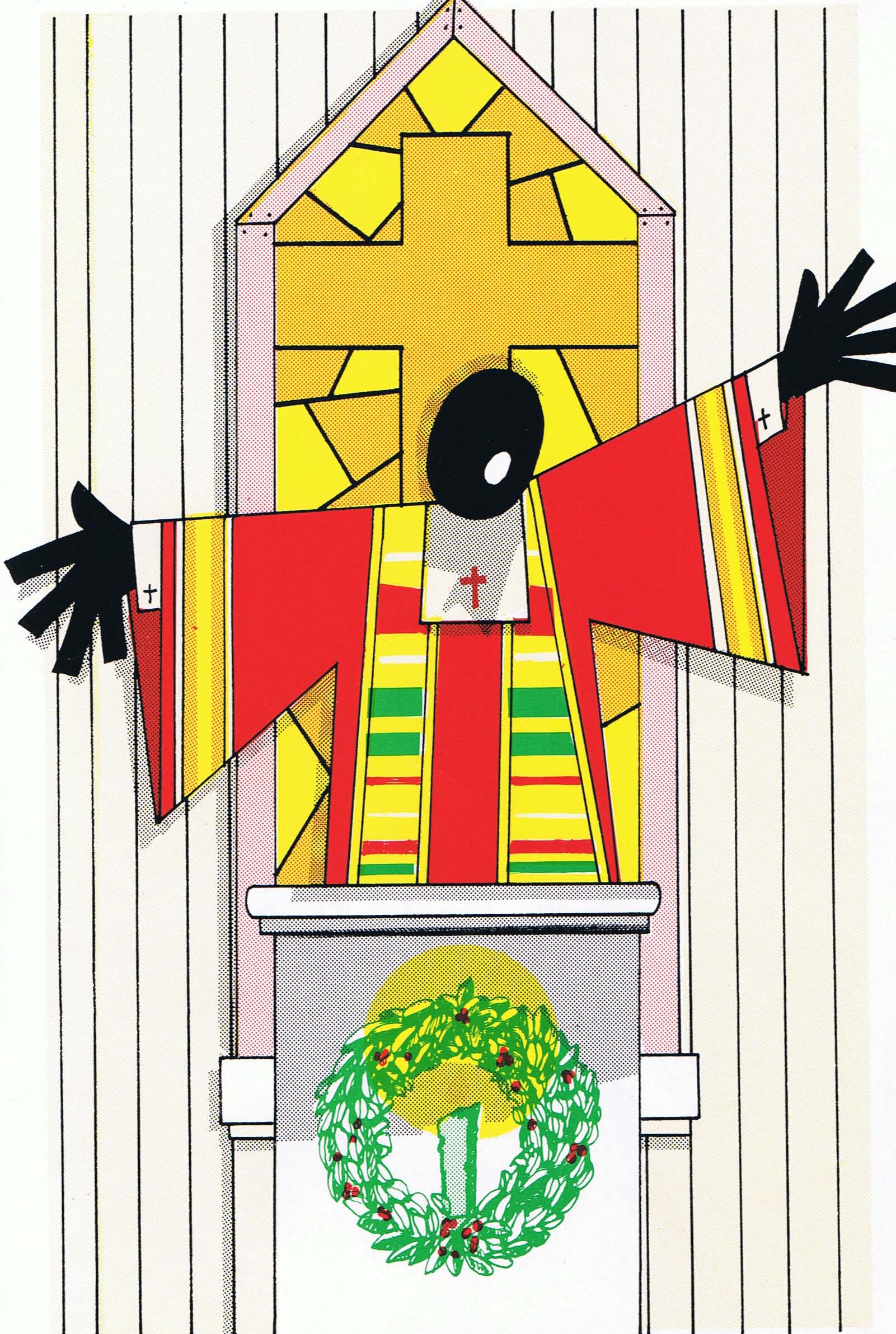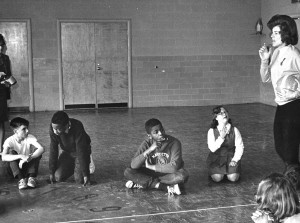
How about them health care town hall meetings! Why is it so hard for us to have a serious debate in which people are able listen to one another and respectfully respond to one another. Why is it so hard for people to imagine that the owner of their favorite grocery store may have a different viewpoint than their own? (google Whole Foods, if you don’t what this about!) .
It makes me embarrassed as an American to see us failing to practice the art of good healthy public debate that marks a free society. It also makes me want to ignore the whole issues which is neither smart or responsible.
A duty of discipleship
When I am talking to groups about the mission of the laity, I like to sum it up in three short phrases (borrowed from the document Go and Make Disciples). As Christians we are called to live our faith fully, share our faith freely and transform the world. It is an interpretation of 1Peter 2 in which we are reminded that all the baptized share in the priestly prophetic and kingly mission of Jesus. http://www.usccb.org/nab/bible/1peter/1peter1.htm
Stewards of God’s gifts
To the people who first heard these words, the association they would make with a kingly mission is the image of the ancient king as a steward of God’s people and God’s gifts. In the ancient mindset, the king served the Lord by serving the Lord’s people and being accountable for building up the kingdom according to God’s design.
As lay men and women we also have a specific responsibility to build the kingdom of God. One way all of us can do that is to bring the light of the Gospel to bear on the issues of the day, not in a way that imposes our faith, but rather proposes insight from the Gospel and from the Church’s 2,000 years of experience in applying faith to life. In a number of areas, the Church has expertise that goes beyond the application of theological principles to active ministry in the field. Education, social services, and health care are all fields in which the church has been a leader in all corners of the country and the world.
Wading into the Health Care Debate
The Church most definitely has an interest in health care reform and has some expertise to bring to the table. I imagine that all of us have an interest as well, but more than an interest we have a responsibility to weigh the issues in light of the Gospel and the teaching of our Church. If figuring out what the real issues are and the right questions to ask seems impossible–help has come. The Culture of Life Foundation has identified 12 key questions we should be asking as we listen to the debate. The questions can be found at http://culture-of-life.org//content/view/582/1/. The questions reflect the Church’s commitment to protect the dignity of human life at all stages and the responsibility we have as stewards to assume the cost of the plan. I find the answers short, easy to understand and most helpfully, linked to specific references of the House bill.
Study and Prayer
We are called to make our voices heard in two ways. Firstly, in prayer asking the Spirit’s guidance and wisdom for all those with responsibility in crafting the legislation. Secondly, in the public debate by participation in conversation, and in the public discourse through contacting our elected representatives.





 Usually, when you see this headline, what follows is a story about a person or group who is unhappy with the church and wants it to change–now! So, it might surprise you to learn that these are the words of Pope Benedict XVI. Needless to say,I was interested in reading more and was really pleased to see that what he is talking about is a deeper understanding of the co-responsibilityof clergy and laity for parish life and for the work of evangelization.
Usually, when you see this headline, what follows is a story about a person or group who is unhappy with the church and wants it to change–now! So, it might surprise you to learn that these are the words of Pope Benedict XVI. Needless to say,I was interested in reading more and was really pleased to see that what he is talking about is a deeper understanding of the co-responsibilityof clergy and laity for parish life and for the work of evangelization.
